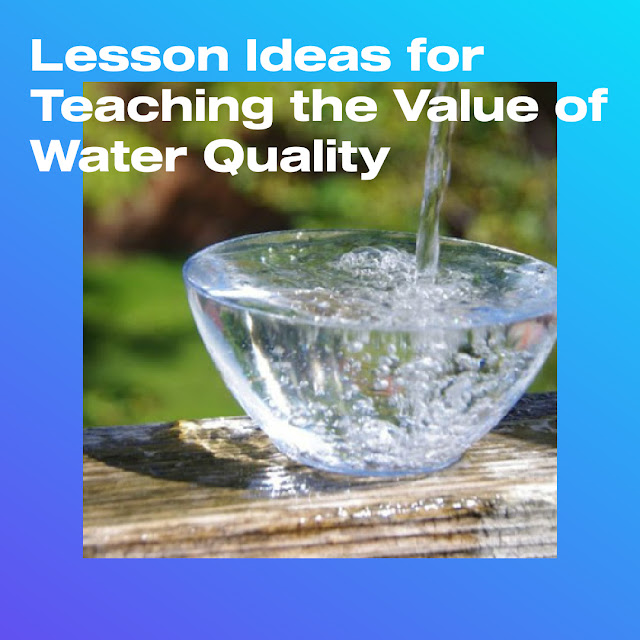 |
| Image Credit: RitaE - CCO Public Domain Image - via Pixabay |
10 Ways to Support Adoption in Your Community
1. Read adoption related books and stories. You can search online for great adoption stories or you can go to your local library and check out books. Stories, articles, and books are filled with inspiring accounts of children and families successfully united through adoption.
2. Support the adoption process. Even if you do not plan to adopt a child, you can support the adoption process. Search your local listings and give financially to adoption foundations or help support a family raising money to adopt a child.
3. Host a fund raiser. As an extension of point number 2, if you can’t give financially from your own pocket to help an adoptive family, host a fundraiser for them. You might consider a car wash or a bake sale. Someone in my church once raised money to help support an adoption by bringing boxes full of empty baby bottles to church. The bottles were placed in various locations around the building. Church members filled the baby bottles with cash to help support an adoption.
4. Write a “thank you letter.” Your community is probably filled with families who have adopted children. Write a “Thank You” letter and send it to your local newspaper for publication. In your letter, thank adoptive families for their decision to adopt a child. Also include a section directed to the adopted child. Let the child know how special he is and how much his new family loves him.
5. Host a party or pic-nic for adoptive families. This might take a lot of work and organization but it will be worth it to get as many adoptive families together as possible to celebrate their families.
6. Create adoption awareness on social media sites. The National Adoption Awareness Facebook Page posts information about adoptions and events. Share their posts and help them spread their news. Search for other adoption pages and share their news too.
7. Gather and share booklets and pamphlets about adoption. Go to one or several of your local adoption foundations and ask for written media information. Gather materials and share them with everyone you know. Some business owners might allow you to leave information in their places of business.
8. Help care for the birth mother. So often, as in my first seven points, we focus on the adoptive families while neglecting the birth mother. We don’t mean to but it happens. Birth mothers need care too and many times, they can’t afford all their needs. While talking with your local foundations, attorneys. and adoptive families, ask if there is anything you can do to help provide for the needs of the birth mother.
9. If you are over 18 years of age, vote for elected officials who support adoption. If elected officials get involved with families and the adoption process, community members will become more aware of ways they can be more involved.
10. Volunteer at a pregnancy care center. Many communities have pregnancy and care centers for mothers who choose to give birth to their unborn babies with the intention of giving them up for adoption. Search for one in your community and volunteer your time and any resources you can offer.
If you have the opportunity to work with adoptive families, birth mothers, adoption attorneys, and adoption foundations and groups, enjoy your experience and share what you learn with others. Anything we can do to help unite these precious families is greatly appreciated by all involved.
 |
| 10 Ways to Recognize and Celebrate Sanctity of Human Life Sunday |





























